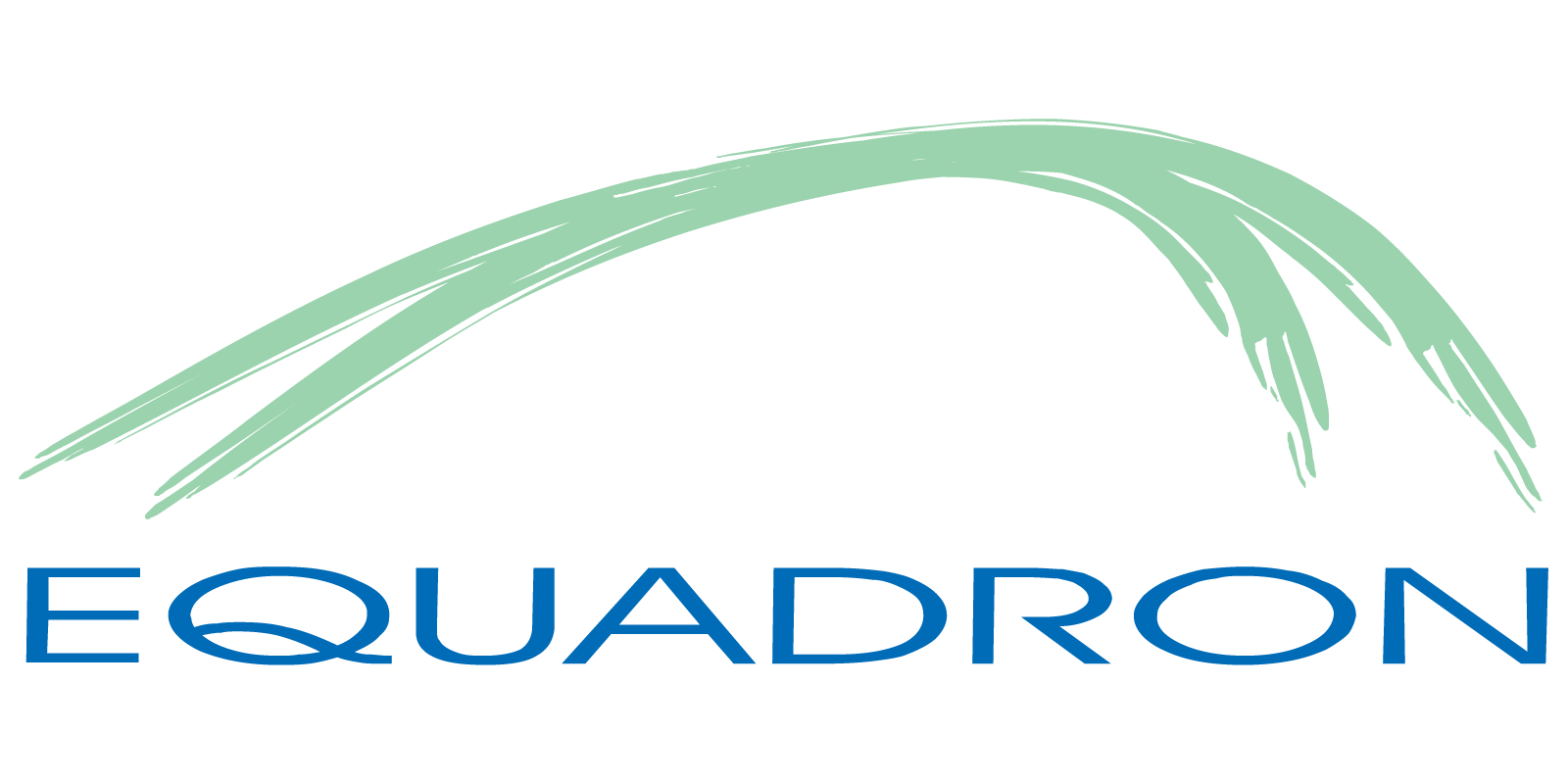Welding dissimilar metals is a typical challenge in chemical and power plants, particularly in piping where different materials are selected for various temperature regimes. It is also encountered in
Ultrasonic (UT) and radiographic (RT) examinations are the most common volumetric non-destructive testing (NDT) methods. Their popularity spans multiple industries due to their reliability in detecting internal defects in
A Mill Test Certificate (MTC), or Mill Test Report (MTR), is issued by a manufacturer to certify the chemical and mechanical features of a product and its compliance with
Hot dip galvanizing is a remarkable corrosion protection method. It is common for galvanized steel to last more than 70 years under the right conditions. This service life practically
Sometimes construction projects’ technical specifications include a long list of reference standards. The reference standards are not necessarily up to date, nor even referenced at all in the document.
According to the SSPC SP3 standard, “power tool cleaning is a method of preparing steel surfaces by the use of power-assisted hand tools. Power tool cleaning removes all
2022 has been a busy year for the construction industry in British Columbia, Canada. Current projects represent a broad spectrum of development and infrastructure, from subway expansion to
Most construction project specifications include a quality management section requiring the preparation of ITPs. However, if the project specification does not detail what activities/processes require ITP nor what
Weave bead welding involves making a weaving pattern to cover a larger area in the joint. This technique is very popular among welders and can be noticed both
The American Iron and Steel Institute (AISI) released recommended steel industry greenhouse gas (GHG) emissions calculation guidelines to provide consistent and comprehensive data across the industry on GHG emissions
